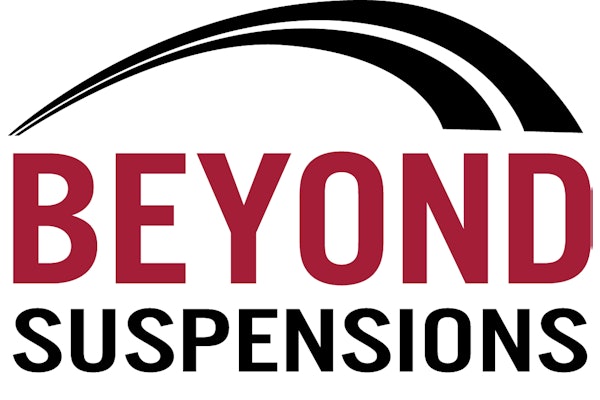Parts proliferation is a term first popularized in the aftermarket in the late 1970s to describe the awful fate that had befallen distributors of vehicle parts. We would all-manufacturer and parts house alike-be buried in an avalanche of SKUs necessary to service the quickly expanding vehicle fleet.
The end was near indeed. But thank God for Bill Gates and his ilk. The tubs of Cardex inventory records were replaced by various flavors of computerized inventory control systems. Triad, Karmak Legend, Profit 21, Mylee, MacDonald and Autologue appeared just in time (pardon the inventory pun).
The inventory “beast” finally is at bay. Or is it? The number of vehicles on the road have grown from 156 million in 1980 to 250 million in 2005. NAPA classified 71,000 parts in 1975 and 225,000 in 2005. Nine hundred ten vehicle nameplates morphed into 1590 during the last 10 years.
However, during the same 10 years, inventory as a percentage of sales in the vehicle aftermarket actually dropped by 15%, according to the Feds. We have begun to tame the inventory “beast.”
Let’s look at a strategy that can make this beast our pet. Viewed positively, heavy-duty component proliferation serves as the biggest barrier to entry for industry newcomers. However, it is only a matter of time before places like Home Depot or other “big boxes” start to aim their computers at us.
Four leading causes of further complication must be mastered by today’s successful distributor.
- Innovation Overlap: The arrival of LED technology didn’t obsolete traditional incandescent lamps overnight. In many parts categories, the trick is to recognize the rate of change in technology and match those preference shifts with appropriate stock levels.
- Customer Demanded Dual Lines: Almost everyone in your trading area wants Stemco, but there is that one big fleet that insists on Scotseal. Your ability to separate a simple sales objection from real demand can profoundly affect your ability to invest in new lines.
- Extended Service Life Components: The essence of distribution inventory effectiveness is the ability to aggregate demand and convert it into time/place utility.
As repair cycles lengthen, more sophisticated computer programs (and larger customer bases) are necessary to bring inventory investment and service expectations into line. - White Box Explosion: In order to fend off (often mythical) competition or to reach further into the low-end (no loyalty) price market, some distributors feel the urge to add a second line of value product. This is the precise path followed during the recent destruction of profitability in the automotive aftermarket.
Consider the economics: More warranty, dual inventory, reduced margin dollars, no training support. Handling the same unit demand for fewer dollars, chasing a market segment with limited future-great plan!
Recently OEMs have begun to create new challenges, as standardized parts become proprietary components. They refer to this as “vehicle life cycle management” or “engineering configuration control.” Even their own dealers realize that loyalty to their nameplate will restrict their all-makes parts opportunities.
But the days of a single muffler number covering all Pontiacs for 10 years, or Detroit Diesel parts commonality from 1939 to 1999, are over.
Even the Pentagon has considered the effects of the basic problem. In the transition between the Seawolf class submarine to the Virginia class, they figure that a component reduction (from 68,000 to 27,000) has saved nearly $1 billion dollars during the life of the ship.
The sources of these savings by the Navy are the very same aspects of the heavy-duty customer at which independents must excel: Inventory breadth, training on parts in operation, technical data familiarity and correct maintenance processes.
One strategy should be obvious: Concentrating marketing dollars on the training of our associates is the only certain way to be sure that the “beast” becomes and remains our “pet.”








